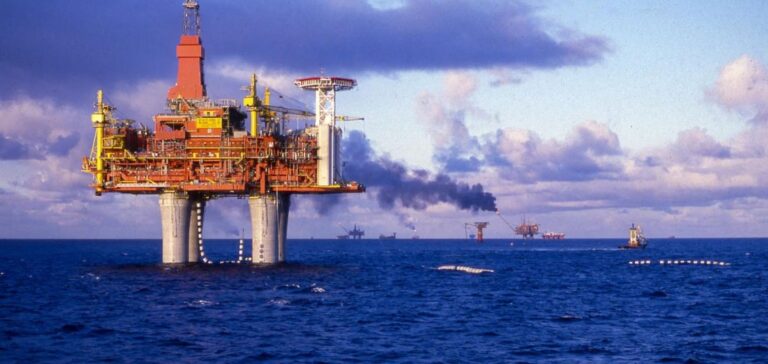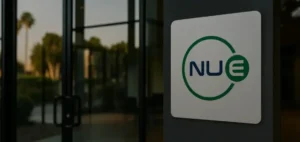Equinor and its partners are embarking on an innovative energy transition at Statfjord C, replacing two heat recovery gas turbines with a new steam turbine solution to generate electricity, with the aim of reducing annual emissions.
Statfjord C: Equinor reduces CO2 emissions by replacing gas turbines with an innovative power generation solution
Equinor and its partners will replace two gas turbines with heat recovery to generate electricity. This will reduce annual CO2 emissions by 95,000 tonnes. Statfjord C will change its energy solution to reduce emissions.
A new steam turbine will generate electricity from the excess heat produced by two gas compressors. This will make energy consumption more efficient and reduce Statfjord C’s total annual CO2 emissions by 25%, the equivalent of 50,000 cars.
“This is the first time this solution has been used on a field operating on the Norwegian Continental Shelf (NCS). I am proud of the employees and suppliers who have worked innovatively to rationalize the energy used on the platform. This is an important contribution to extending the life of the field to 2040,” said Camilla Salthe, Equinor’s Senior Vice President for Field Life Extension (FLX).
New energy era on the Norwegian plateau with the first steam turbine to reduce emissions on Statfjord C
Commissioning of the new steam turbine is scheduled for 2026, thus reducing emissions cost-effectively. This will be the first time this solution has been introduced on the Norwegian Continental Shelf (NCS).
“Heat recovery for power generation has been used on new fields, both on the NCS and internationally. Today, for the first time, the solution is being introduced on a mature field in production. This is possible thanks to the development of lightweight solutions”, explains Ketil Rongved, Equinor’s Vice President for FLX projects.
The project will also electrify water injection and reduce emissions from other energy-intensive processes on Statfjord C. The project, dubbed “FLX Future Energy”, was agreed by the Statfjord partnership in July.
This project is one of many measures to reduce emissions from Statfjord’s production. For example, a heat recovery unit on Statfjord B has reduced CO2 emissions by 20,000 tonnes each year since 2021.






















